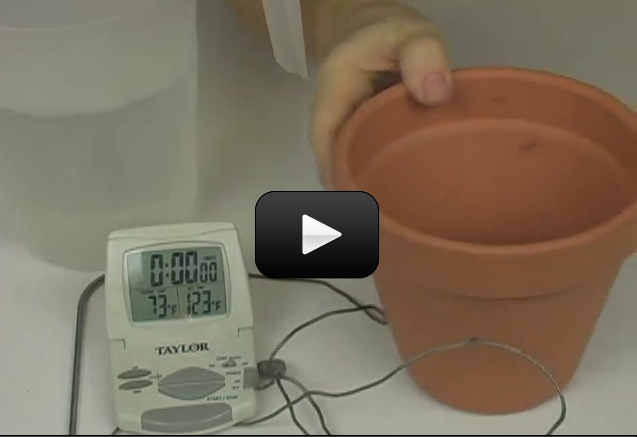The evaporation of water for cooling purposes is called evaporative cooling. An important example of this type of cooling is the removal of body heat by humans through sweating. When your body needs to cool, perspiration is released to the surface of your skin where it evaporates. The evaporation of the water in the perspiration causes your skin to cool.
Breezes feel particularly cooling when you have perspiration on your skin. This is because the increased movement of air over your body evaporates more water from your skin than still air does. Water on your skin evaporates more slowly when the humidity is high. This is because the humid air already contains much water vapor. Humid air absorbs less water as vapor than dry air.
Electrical power plants that burn fossil fuels or use nuclear energy to generate electricity use huge water cooling towers for cooling purposes. The water to be cooled is pumped to the top of the tower and allowed to drip down through the tower. As the water moves down the tower, air from the bottom of the tower moves up through the tower, evaporating some of the falling water. The heat lost by the evaporating water cools the remaining water that is collected in a basin under the tower. One pound of water that evaporates in a tower can lower the temperature of 100 pounds (45 kilograms) of other water by nearly 50°C (100°F).
Please login or register to read the rest of this content.


Yes, indeed! You want to use unglazed pots. The glaze would block the water from soaking into the pot.
What would best place to buy unglazed flower pots & saucers?
No, the plastic bowl does not need to be see through.
Does the plastic bowl have to be see-through or no?
It’s best to rinse out the class pot, but is is okay if there is a little bit of dirt. We are using the little bit of clay to plug any holes in the bottom of the clay pot. As long as it doesn’t allow water to get by, you are good to go.
Does it matter if the water is dirty or not? Because my clay pot has a little bit of dirt in it. Also, should I make sure the clay is dry before I test if it’s waterproof or not? Thanks!
No, we aren’t applying a heat source to the picture, so the water will not boil.
could the water in the pitcher boil?